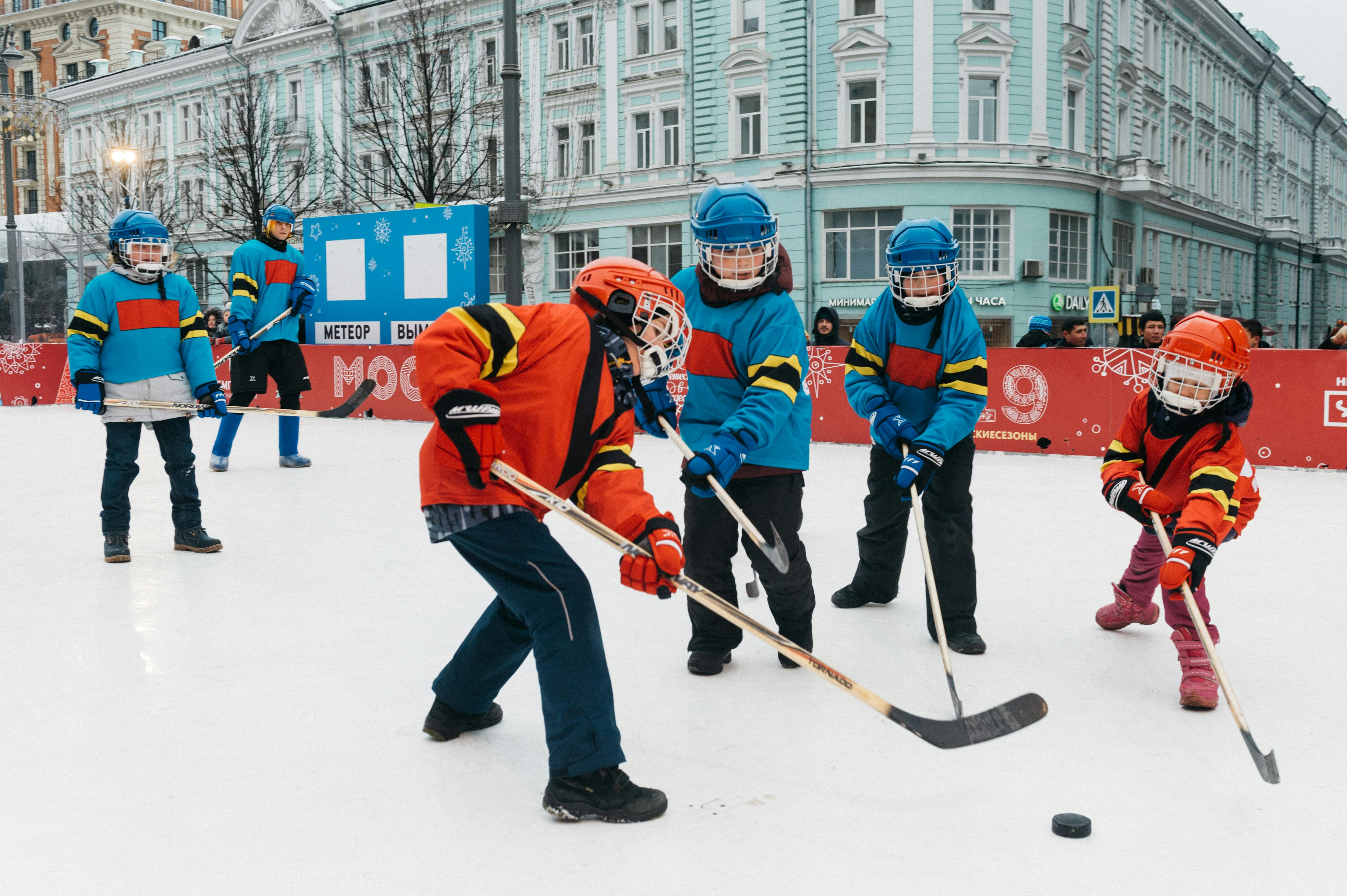The Intricate Dance of Ice Hockey: From Rink to Glory
Ice hockey is a sport that commands attention, holding audiences captive with its high-speed action, thrilling goals, and bone-crunching hits. With its origins tracing back centuries, ice hockey has evolved into a sport revered by millions across the globe.

The Genesis of Ice Hockey
Ice hockey’s origins are shrouded in mystery, with many countries claiming to have birthed the sport. However, most historians agree that the modern game of ice hockey was developed in Canada in the late 19th century. A sport known as ‘shinny,’ played with a wooden stick and an object that could glide on ice, laid the foundation for ice hockey. The first recorded public indoor ice hockey game took place in Montreal in 1875. From these humble beginnings, ice hockey has grown into a globally recognized sport, with professional leagues in North America, Europe, and Asia.
The Meteoric Rise of the National Hockey League
The National Hockey League (NHL) was established in 1917, and it quickly became the premier professional ice hockey league globally. Starting with just four teams, the NHL has expanded to include 32 franchises, spread across the United States and Canada. The NHL has been instrumental in popularizing the sport and has produced some of the greatest players in ice hockey history, including Wayne Gretzky, Mario Lemieux, and Gordie Howe.
The Game-Changer: The Forward Pass
The forward pass, introduced in the early 20th century, revolutionized the game of ice hockey. It allowed for faster, more dynamic play and transformed the sport into the thrilling spectacle it is today. Before the forward pass, play was slower, with teams advancing the puck up the ice through a series of short, lateral passes. With the advent of the forward pass, the game’s speed and excitement level increased dramatically.
The Science of Skating: A Key to Success
Skating is at the heart of ice hockey. The ability to skate fast, change direction quickly, and maintain balance while handling the puck is crucial for success in the sport. Skating relies on biomechanics, the application of mechanical principles to the human body. Understanding the science behind skating can help players improve their speed, agility, and overall performance.
The Future of Ice Hockey: Embracing Diversity
Ice hockey, traditionally dominated by white males, is evolving. There’s a growing push within the sport to increase diversity and inclusivity. Efforts are underway to make the sport more accessible to people of different races, genders, and socioeconomic backgrounds. The NHL has implemented several initiatives, such as ‘Hockey is for Everyone,’ aimed at promoting diversity within the sport.
Ice hockey is more than just a sport; it’s a spectacle, a community, and for many, a way of life. As it continues to evolve and grow, one thing remains constant: the thrilling, high-speed action that has captivated fans for generations. Whether it’s the thunderous roar of the crowd after a goal, the anticipation of a penalty shootout, or the camaraderie among teammates, ice hockey offers an experience unlike any other sport.




